What could be more offensive than the deceived dreams of an angler? It happens that in a couple of weeks you prepare to leave, you anticipate the excitement and adrenaline, and everything seems to be going well: from the planned vacation to the blessing of your wife. But you arrive at the place, unfold, load the tackle, throw it in and … Silence! You sit for an hour, another – to no avail. For some reason, the fish does not bite, despite all the tricks! What to do in this situation?
You should not take the absence of bites as a punishment from heaven, and endure it with submissive passivity. A real angler does not give up at the start: until the end of the fishing time, he manipulates the elements of equipment and lures, changes fishing tactics, moves from place to place. As they say, you can’t catch it without difficulty … And then you probably know. By the way, this saying is true one hundred percent of the time, including in its direct meaning. So, let’s take a look at the factors affecting biting, and work hard to correct them!
Here is an overview of the content of this tutorial, feel free to jump to any section you care about:
For more fishing instructions, take a look at these popular Trizily links: Best Fishing Sunglasses, Best Fly Fishing Reels.
- How To Choose A Fishing Hook
- How To Fish With A Wobbler (Complete Guide)
- How To Put Fishing Line On A Reel (Complete Guide)
What factors affect biting?
At first glance, it is quite problematic to understand the factors that determine the intensity of the bite: there are too many of them. However, an experienced angler perceives them as a complex, and automatically adjusts to them, like an experienced driver – to the road situation. Therefore, the detailed information below will be required for you only at first, until you gain experience and learn to automatically find a way out of any situation.
Let’s compose a primitive classification of the reasons that determine the fish biting:
- External factors . These are objective reasons, in no way dependent on a person – the angler can only adapt to them. This group includes seasonality, weather conditions , water characteristics and other external conditions.
- Tackle and bait . This is something that we are able to predict in advance and meet fully armed: a true angler will always take care of the presence in the arsenal of several lures, accessories and ready-made assemblies for all occasions.
- Angler Behavior . Here and the choice of place, and the tactics of fishing, and individual skill – a set of factors that can and should be worked on constantly. Doesn’t bite – change something and try again!
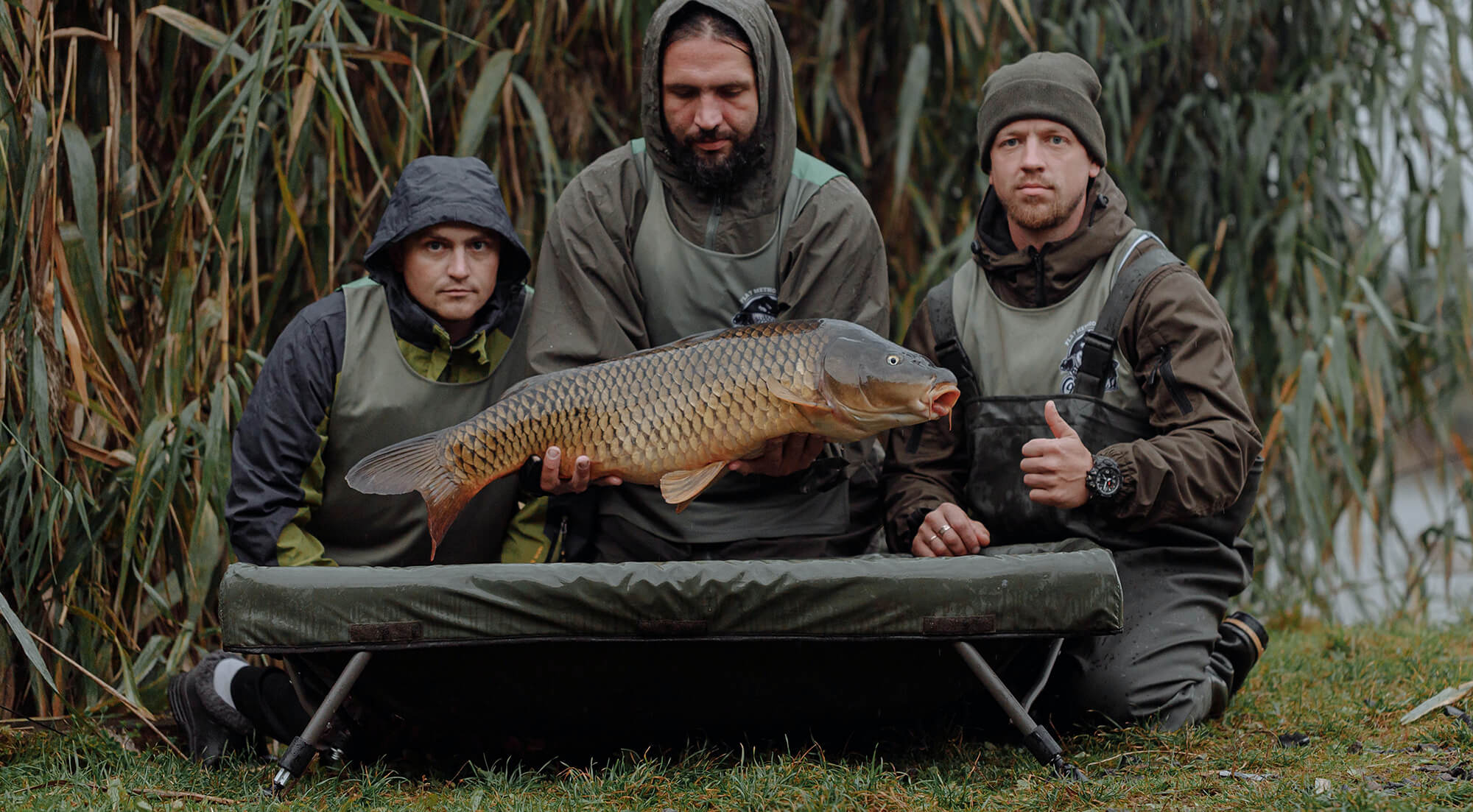
Season selection
The behavior of representatives of freshwater ichthyofauna has a pronounced seasonal dependence. Fish are cold-blooded creatures, without built-in heating, so they are very dependent on the ambient temperature. This means that the larger the fish and the colder the water, the more energy is required to maintain its vital functions.
In this regard, fishing for bream or carp in the winter period is unproductive by definition: peaceful fish goes into wintering pits and falls into a state close to suspended animation. And if small individuals come out of it at least during periods of thaws, then large individuals prefer to save energy and not move at all. So large peaceful fish do not bite in winter for objective reasons. You can experiment with complementary foods and baits, but it is better to switch to catching a predator or some little thing like roach.
The predator also reduces activity in winter, but due to the fact that its fat reserves are not so large, during periods of thaws and persistent little frost, it is forced to go hunting. The only exception is the very thermophilic catfish, which “sleeps” in a well-chosen pit all winter. Perch bites almost always, pike is less active, but with due experience it is well caught on winter zherlitsa . But ideally, the period of deafness with very low temperatures is better to wait out, in order to avoid frostbite and disappointment in your favorite hobby.
In the spring, the bite is gradually activated, turning into pre-spawning gluttony, and it is a sin not to take advantage of this time, because then there will be a lull. When representatives of the ichthyofauna are busy with reproduction , they practically stop eating, and many tackles and fishing methods are prohibited.
Summer is a particularly fertile time for fishing, as the biting is activated, the prohibitions are lifted, so you can catch with all non-poaching tackle. It was during this period that the lack of bite is most often associated with subjective reasons, including the individual skill of the fisherman. Improve yourself – and you will have fishing happiness!
In autumn, the biting becomes less and less stable, representatives of the ichthyofauna move farther and deeper. This is a time for experimentation: changing tactics or bait can both awaken the fish’s appetite and completely destroy it. And it’s hard to predict what it depends on!
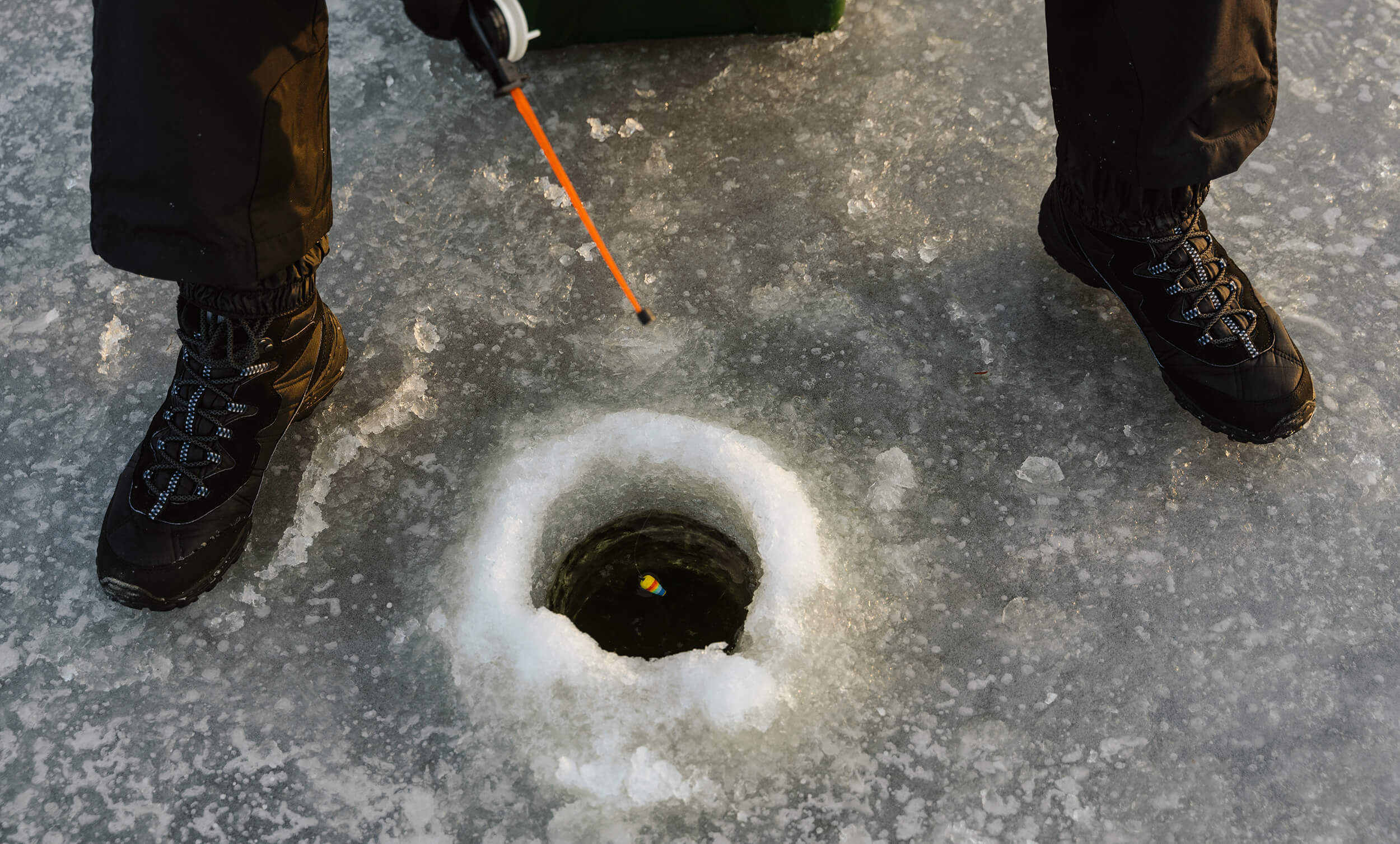
Times of Day
Traditionally, the best time of day for fishing is considered to be early morning: before dawn and the first hours after dawn. It bites quite well not far from the coast and in the evening dawn. However, this rule is applicable only for summer time, when it is hot during the day and the fish go to the depths. If you decide to go fishing on a summer afternoon, you should either use a boat or fish long distances, choosing deep areas along the dumps, rapids, and so on. Fishing in the reeds can also be productive. And some fish species refuse to peck at all according to the pattern: for example, pike perch or catfish are activated mainly at night.
In early spring, autumn and winter, it is hardly worth going to the pond in the predawn hours: the water is as cold as possible, the fish is inactive. When the sun rises and warms the world well, then the appetite will awaken in the fish. Night fishing in the cold season is completely unproductive, so get enough sleep and go fishing at a comfortable time. Here, nature cannot be fooled – it determines the effectiveness of fishing.
Weather
Good weather for humans and fish are not always identical concepts. Therefore, a seemingly fertile bucket, when the angler is as comfortable as possible, can turn into a total lack of bite. Let’s figure out what kind of weather the fish like:
- Sudden temperature changes . Any abrupt changes are not to the fish’s liking: it must adapt at least a little to new conditions and acquire its usual appetite. Therefore, it is better to wait a day or two until the weather stabilizes.
- The wind . As a matter of fact, the wind and the wave caused by it are not bad for biting, because many fish delicacies rise from the bottom and be washed to the shore and dumps. However, a cold gusty wind (for the middle zone – north, with a slope to the east or west, depending on the geographic location) inevitably leads to a cold snap and a decrease in fish activity.
- The sun . If sunny weather is accompanied by heat, you should not expect a good catch: the fish will go to the depths. And in the spring or autumn, the sun, on the contrary, is for the good.
- Precipitation . A little rain , and even with a moderate breeze, is good: it complicates fishing and brings discomfort, but it bites great! But a downpour with a thunderstorm, and even more so, with hail, it is definitely better to wait out.
- Pressure drops . As practice shows, atmospheric pressure is the most powerful natural regulator of fish appetite. The best nibble is on the eve of bad weather, when the pressure drops rapidly. In meteorological people, low atmospheric pressure responds with a headache, and the fish responds to this phenomenon with gore. With an increase in pressure, the activity gradually decreases, and when it stabilizes for several days, it comes to the average value.
There is still debate about the effect of moon phases on fish biting and behavior. Recent studies show that if there is one, then it is so insignificant that it is not worth paying attention to. At least, representatives of freshwater ichthyofauna are much more sensitive to atmospheric phenomena.

Water
Water characteristics are directly dependent on seasonality and atmospheric phenomena. The most significant factors for the behavior of fish are the following factors:
- Temperature . All representatives of our ichthyofauna, as best they could, adapted to low temperatures. However, among them there are openly thermophilic species (the same crucian carp, carp or bream), which are most active in the temperature range of 15-25 o C. Most of the predators (with the exception of catfish) are more “cold-resistant”: pike, perch and pike perch feel great and at 8-10 degrees Celsius without losing your appetite. And burbot suffers more from heat than from cold: it spawns at the end of winter. Conclusion – you need to choose the optimal temperature for catching a certain type of fish.
- Oxygen saturation . All fish species are sensitive to the amount of oxygen in the water, and predators are especially sensitive. As a rule, this indicator directly depends on the heating of the water: in too warm water there is less oxygen, therefore, the fish go to the depth during periods of heat. However, a lack of oxygen can also be created for other reasons, for example, under thick ice. Another option is intense decay processes characteristic of heavily silted and overgrown reservoirs. There you should not expect active biting of fish – in such reservoirs, most likely, there is none at all. The only exception is the crucian carp, which requires a minimum of oxygen, and sometimes another famous survival champion, Chinese sleeper (freshwater goby).
- Transparency . Water, transparent as a tear, is liked, perhaps, by some representatives of the salmon family (for example, brook trout), sturgeon and some anadromous fish. Less aristocratic species, on the contrary, prefer to avoid clear water: for peaceful fish, this is a consequence of the fear of being caught by a predator, for a predator, it is well distinguishable for potential prey. This factor is unimportant only during the pre-spawning season and in autumn, when the water becomes especially transparent. On the other hand, the bait is hard to see in muddy waters. The fishermen found a natural compromise solution: you need to choose places with muddy water, attract peaceful fish with fragrant bait, and use contrasting baits to catch a predator (in conditions of especially poor visibility – with fluorescent and acoustic effects).
- Water level . The spring flood, the activity of hydraulic structures and other factors contributing to the increase in the water level, definitely have a positive effect on the bite, since because of this, the fish begins to master new food resources, and it does this with great enthusiasm. With a gradual decrease in water, the fish gradually moves away to their usual habitats and switches to their usual way of life, while a sharp jump is fraught with the death of many individuals and stress for the rest. What’s your appetite?
- Flow . A small or medium flow can be considered a positive factor: water is aerated, a lot of food is brought in. Places with variable flow patterns are very promising for fishing: under them, there are usually various bottom anomalies, where food is concentrated to the maximum. However, let’s say a crucian carp will feel uncomfortable there: give him a pond, a calm reservoir, or, at worst, a quiet backwater of a lazy river.

Seat selection
We are smoothly moving on to the problem of choosing the optimal place for fishing . It has been noticed more than once that sometimes you sit in one place to no avail, but as soon as you step aside – and bites follow one after the other. Any fisherman will say: it is not worth looking for fish on a bottom as smooth as a table – there are no shelters for it, and food does not accumulate in large quantities. This means that in the absence of bites for an hour, it is worth looking for another place, without neglecting the study of the bottom surface .
If the fish refuses to bite, change location, paying particular attention to:
- Water areas behind coastal thickets, windows of water in algae and islands of vegetation at a considerable distance from the coast. For peaceful fish, aquatic vegetation is both a shelter and a dining room with a varied selection of dishes.
- Brows and dumps. A drop-off is a slope with a difference in depth, and the edges are its upper and lower boundaries. There accumulates the maximum amount of food brought by water.
- All kinds of bottom anomalies. As mentioned above, the presence of bottom anomalies (pits, whirlpools, rapids) is evidenced by a change in the nature of the current. Another sure marker is a change in the color of the water: as a rule, it is darker at depth. Castings should be as close as possible to the boundaries of anomalies, that is, places with uneven relief.
- Steep banks. Under the steep coast there is always a sinkhole, where all kinds of floating food is nailed and a predator is watching for prey.
- Water areas near hydraulic structures and other obstacles. Again we are dealing with a kind of food accumulator: any unevenness contributes to the accumulation of food.
- Areas of a littered or curled bottom. In snags, one should look for pike, humpbacked perch and other predators that hunt by ambush.
- Trees hanging over the water. Under the trees, exceptionally peaceful fish bite well, the basis of the diet of which includes land insects (they fall into the water from branches and leaves). There are especially a lot of roach, top water and other fish that prefer to get food near the surface of the water.
- Backwaters. In quiet backwaters, species settle that do not like fast currents and do not need a constant supply of oxygen. These are crucian carp, carp, tench, large bream.
- Places of confluence of tributaries. These places are always good for catching any river fish, as rapids, gullies, areas of shell rock and other uneven terrain are often formed there.
Sometimes a change of place, contrary to other parameters, just brings good luck: just lucky to run into a flock of perch or roach.
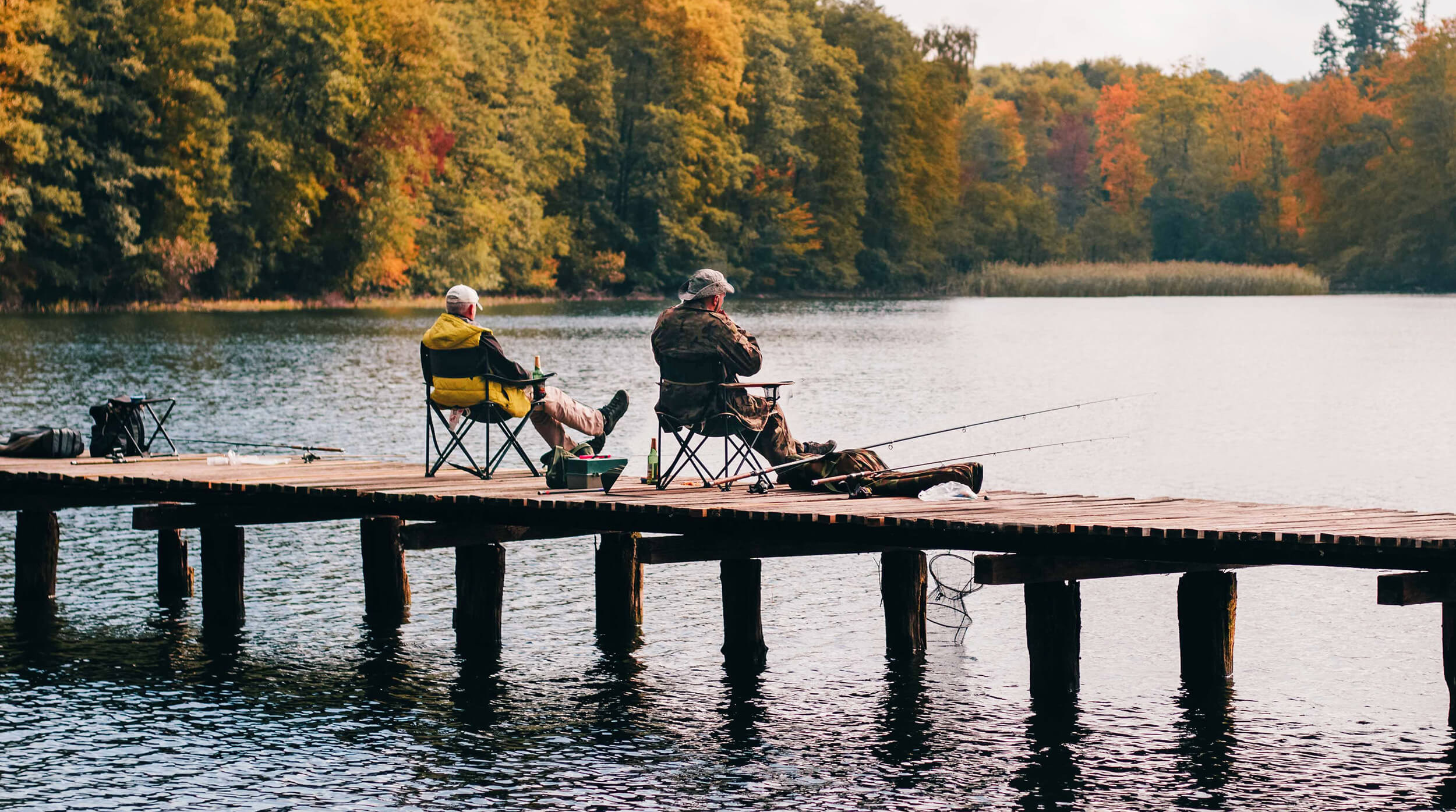
Tackle and rigging
Everyone can not guess with the rig, especially when it comes to fishing in an unfamiliar body of water. There are a lot of options, so a multivolume special work will be required to consider all possible “inconsistencies”. Therefore, we will consider the most common problems that can be eliminated during fishing:
- Inconsistency of the elements of the equipment to each other . The basis of the rig, in most cases, is the rod. Depending on it, taking into account the method of fishing, other elements are selected: reel, fishing line, float, bait, feed, and so on. Heavier or, on the contrary, lighter rigging (beyond the scope of the rod test), will not allow aimed casting or high-quality wiring , which will negatively affect the bite intensity.
- Misdirection of potential prey . A hook that is too large simply will not fit into the mouth of a small fish, because it would bite with joy, but it only rips off the nozzle. Are you looking forward to catching something more impressive? A bait that is too small is unlikely to attract a trophy pike. Rigging with topworks well for carp, and crucian carp, but other representatives of the carp family are caught on it at times worse: a slightly different way of feeding affects. Foam fish works great for pike perch, but pike often leaves indifferent. And there are a lot of such examples! And one more thing: often inactive fish are alarmed at the sight of rough equipment. That is why there is a tendency to facilitate assemblies: for example, in the summer, many pikemen refuse metal leashes, dispensing with them at all or replacing them with fluorocarbon analogues.
- Inadequacy of the rig to the fishing conditions . As a rule, for fishing on the current, heavier feeds and weights are used that can fix the rig in place. If it is carried away by a stream of water, it will reduce the number of bites. Another point: the thickness of the line: the larger this parameter, the faster the drift. The design of the feeders should also be considered: for example, method feeders keep the mixture flowing much worse than springs with dense coils. And the frequent “plops” when casting is scaring away the fish.
In this case, there is only one recommendation: to think over the equipment in a timely manner, and in case of a lack of bite, to be ready to offer the fish an alternative option. Spare parts and ready-made assemblies will not take up much space!
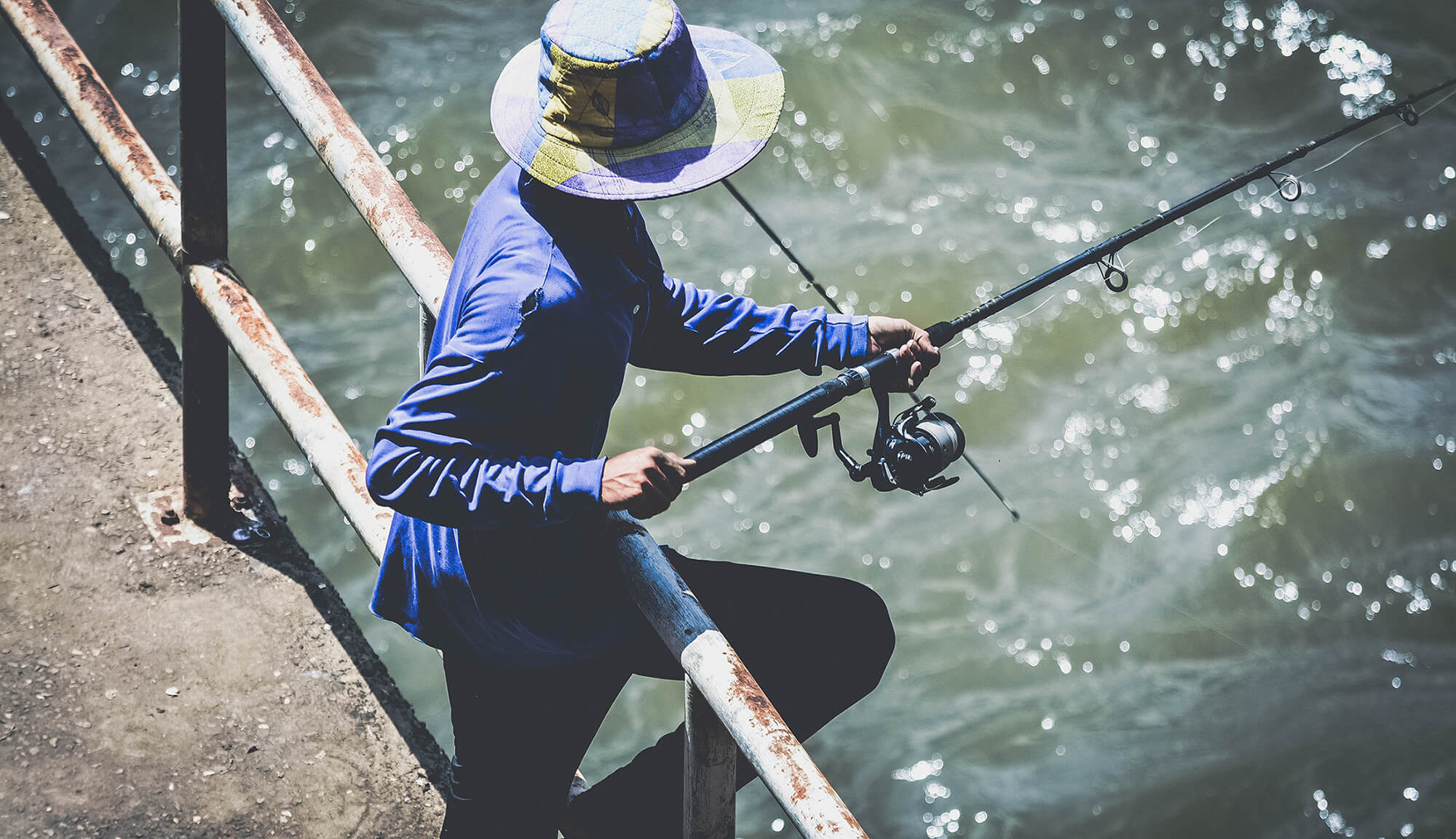
Bait
The correct choice of bait determines to a great extent the success of your fishing. Moreover, it is quite difficult to guess, especially when it comes to fishing in an unknown reservoir. Moreover, fish preferences depend on seasonality and many other factors. There is a general principle that in cold spring or autumn water (and even more so in winter), even peaceful fish prefers baits of animal origin (worm, maggots, other larvae), and in summer they switch to plant food, not even shunning algae. But this does not mean that in the July heat, the bream is guaranteed to give up the bunch of maggots, and in the fall it will ignore pasta or steamed wheat.
In a word, you need to experiment, and for this it is worth having in your arsenal several attachments of animal and plant origin. You can try to hook different attachments on hooks (if you have two or more leashes), offer combined options on one hook (maggot-pearl barley, bloodworm-corn, pasta-grain – you can endlessly fantasize), experiment with attractants. In winter, you can try out jigs of different shapes, both “rewindless”, and in combination with attachments – fish will bite on something.
With active fishing, the predator is still more individual. Each angler has in his arsenal several artificial lures with similar characteristics (wobblers, silicones, balancers, spinners). However, for some reason, only one or two lures are distinguished by the greatest catchability. And if the predator does not react to any of the approved baits, it is worth trying something alternative, perhaps with a sound or light effect – perhaps the water is too muddy, and the hunter simply does not see potential prey.
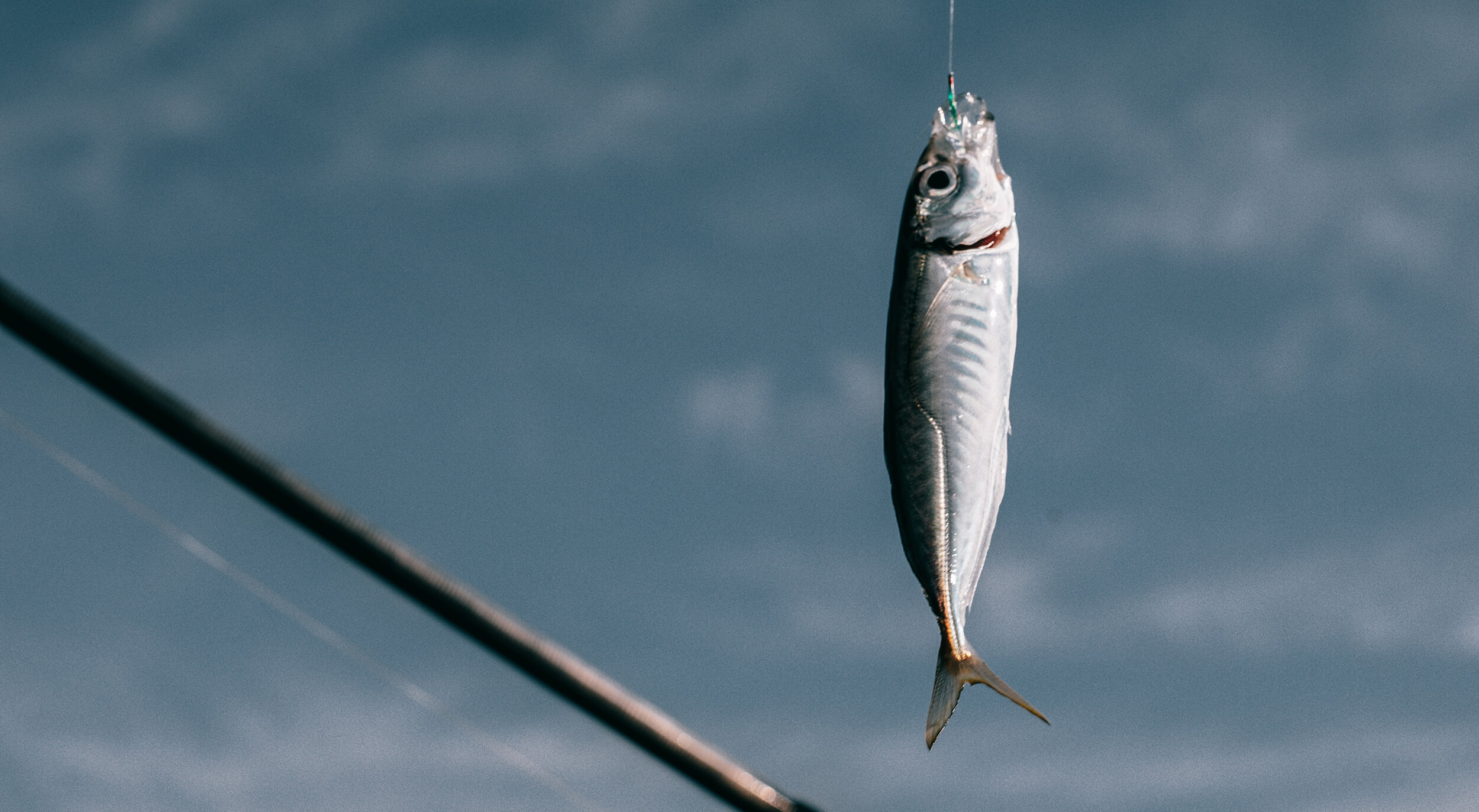
Feeder
Catching peaceful fish on float and bottom gear without complementary foods is not very productive in our time: the concentration of fish in our reservoirs is not too high, there is no particular competition for food. The only exceptions are periods of gluttony, but even in this case it is important to attract representatives of freshwater ichthyofauna to the fishing point.
The composition of the feed mixture should be thought out in advance: a lot of bait is required, therefore it is problematic to drag the ingredients to the pond for the preparation of different compositions. True, on the basis of the same fish feed, different compositions can be prepared, but additional fractions also take up space. Since, ideally, complementary foods are brought to the desired condition while fishing, you can only try to achieve the optimal consistency. Another option is to knead the mixture in portions, adding different attractants.
If the fish is sufficiently fed, but stubbornly does not want to peck, perhaps you simply overfeeded it. Overkill in this case also plays a negative role – you will either have to wait until the mixture more or less dries up, and the hungry fish will come up to the smell, or change the place and feed it in dosage.
If the equipment provides for the presence of a feeder, it may happen that the feed mixture is washed out too quickly and carried away by the current – the fish simply does not have time to react to the source of the seductive fragrance. In this case, you need to knead the complementary food denser, more viscous consistency. Starch or cake works well as a binder, but if they are absent, you can simply add clay from the reservoir.
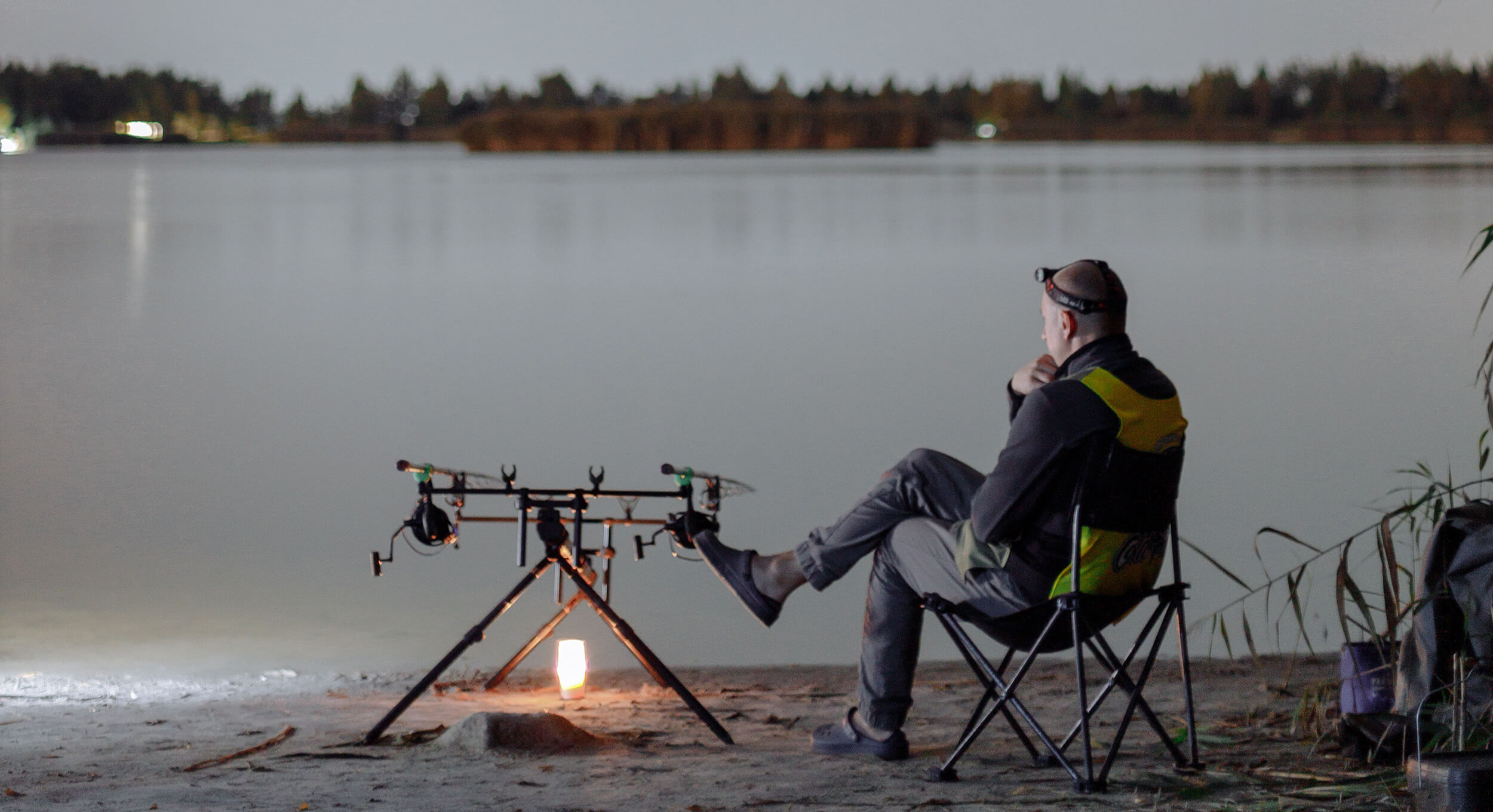
Fishing tactics
This is where the individual skill of the angler and his ability to use different fishing tactics come into play. Floaters can try fishing in different water levels or change the casting distance. Adherents of the feeder and the bottom gear usually also change their fishing points. In conditions of a relatively free bottom, you can try to drag the feeder with a rig along the ground a little – maybe the fish will react to the moving bait. In such cases, the hooks are often provided with negative buoyancy due to the foam balls put on them – this minimizes the risk of snags.
The most opportunities are provided by active predator fishing. Spinning players vary the speed of retrieving and the trajectory of the bait, actively experiment with the duration of pauses and phases of active animation. It is also important to choose the right horizon: it happens that the pike does not take at the bottom, but is caught at the surface, contrary to its usual behavior. By the way, in the spring, the predator takes it well on the surface, in shallow water: there the water warms up as much as possible, which means that potential prey is concentrated.
When fishing with a balancer or a vertical lure in winter, the nature of the lead and the fishing horizon also vary. Tapping of the bottom, all kinds of jerks and jerks with pauses of various lengths are used. And how many variations does mormishing involve : this is stationary fishing, and all kinds of postings, from delicate vibrations to rather sharp twitches, the use of attachment lures with bloodworms and rewinders of various weights and configurations. There are a lot of options, experiment!
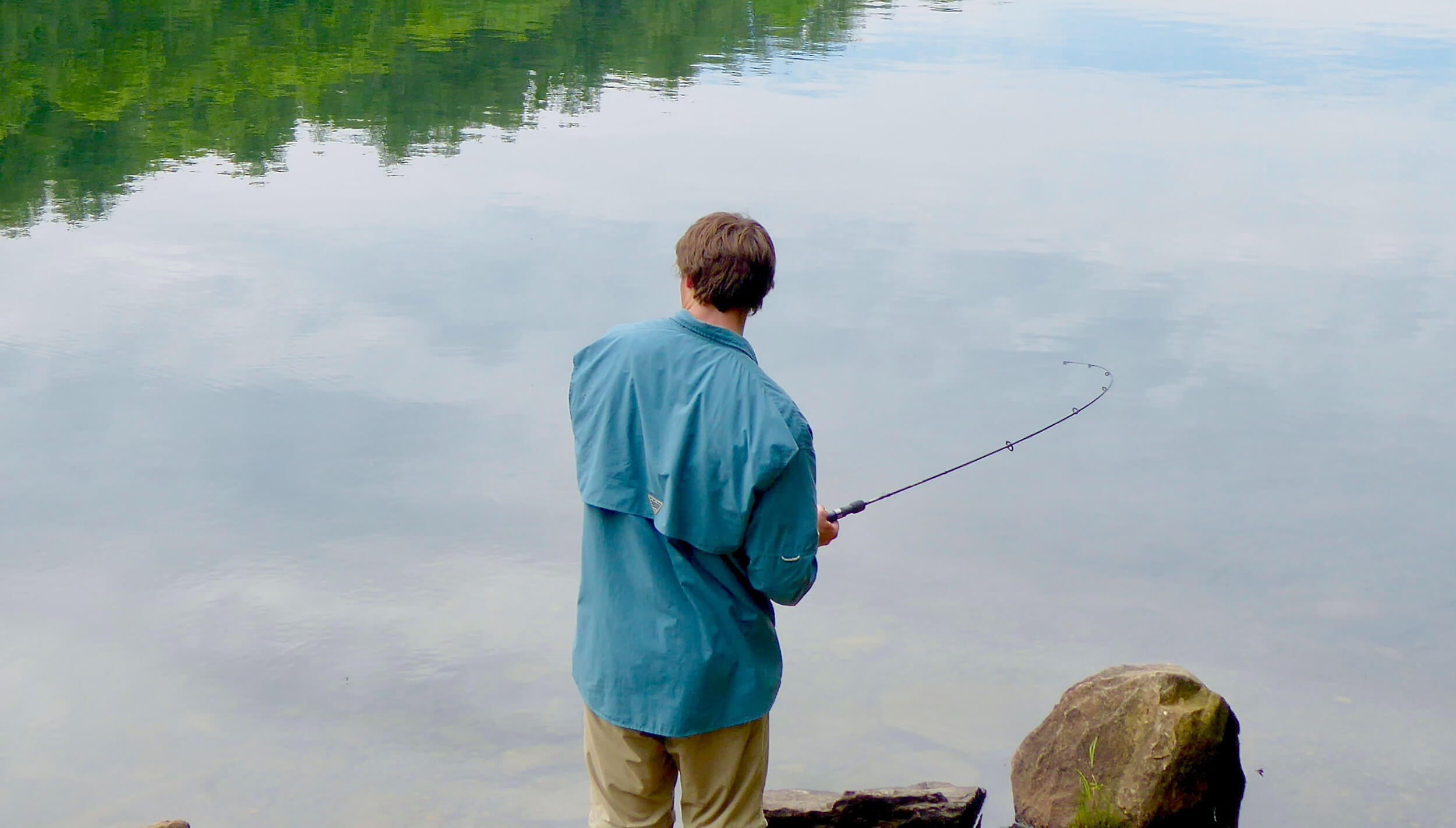
How to activate fish biting?
We have outlined tips for combating “bite” in the course of the article, in the relevant paragraphs. It remains to summarize the overall results of the publication:
- Don’t sit still, experiment. Doesn’t bite – change something: wait-and-see tactics are good only when catching trophy specimens with passive gear, and even then up to a certain limit.
- Know when to stop. You should not rush from one extreme to another, changing absolutely everything at once. First, change the bait, the place of casting, and then try more radical options like replacing the mounting.
- Feel free to ask other anglers for advice. The advice of the old-timers of the reservoir is especially valuable, that is, the fishermen who fish in this place all the time. Perhaps here the fish have been accustomed to some particular food or aroma.
- Take the time to find a promising location. Don’t waste time looking for promising spots and exploring the bottom topography. You can “tap” the bottom surface with a sinker, but it’s better to get at least some kind of echo sounder.
- Don’t be upset. If, despite all your tricks, the fish still stubbornly does not bite, you should not be upset: you will probably be more fortunate next time.
Even if you fail on this fishing trip, you should not give up such an exciting hobby: even the most experienced anglers have empty days!

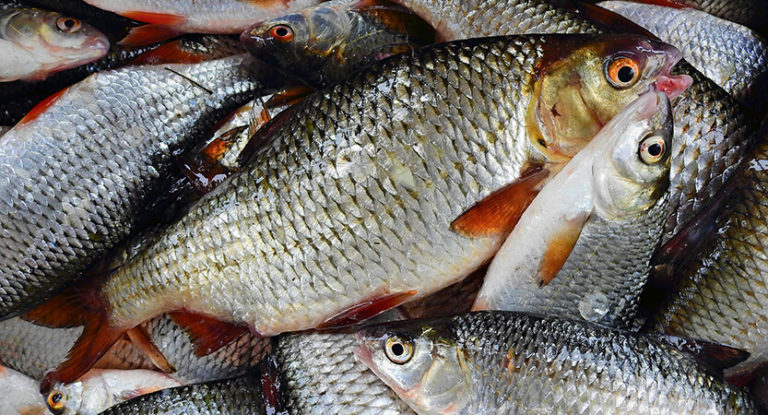
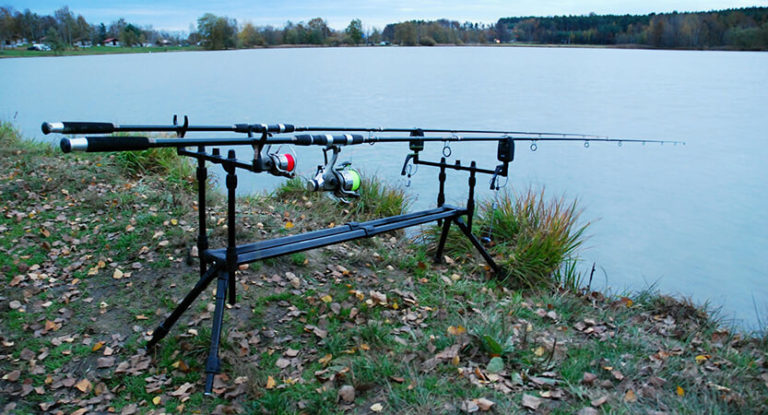
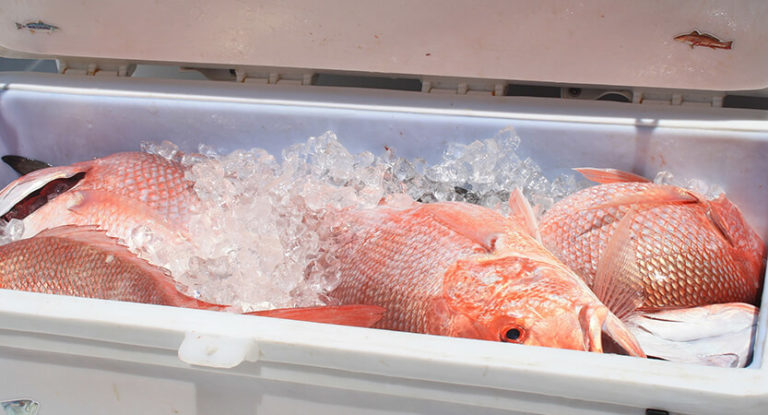
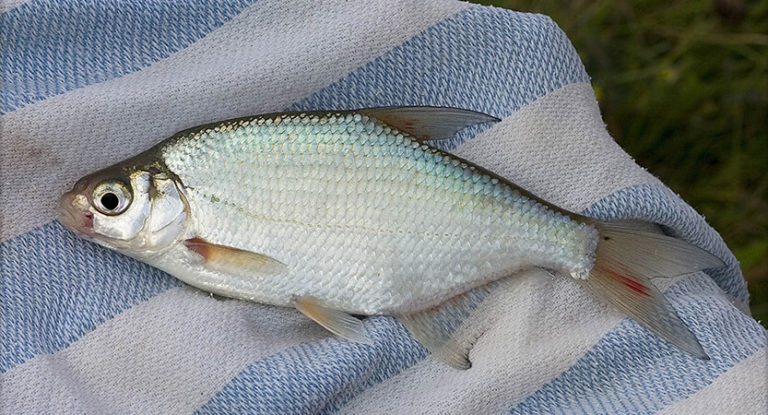
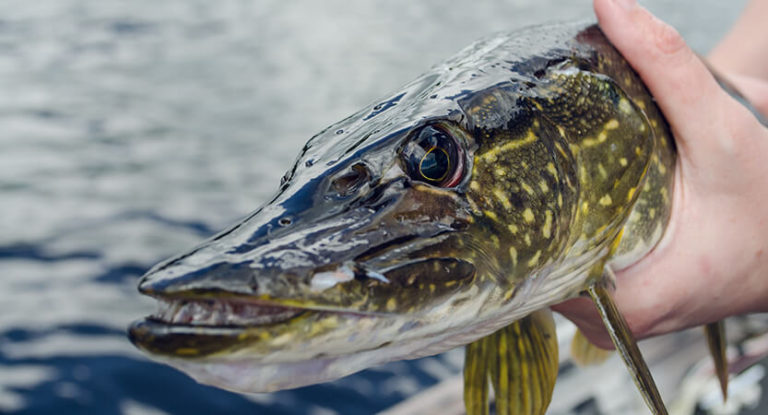
![The 9 Best Fishing Canoes in 2023 [Ultimate Guide] 15 The 9 Best Fishing Canoes in 2023 [Ultimate Guide]](https://trizily.com/wp-content/uploads/2022/03/best-fishing-canoes-768x768.jpg)